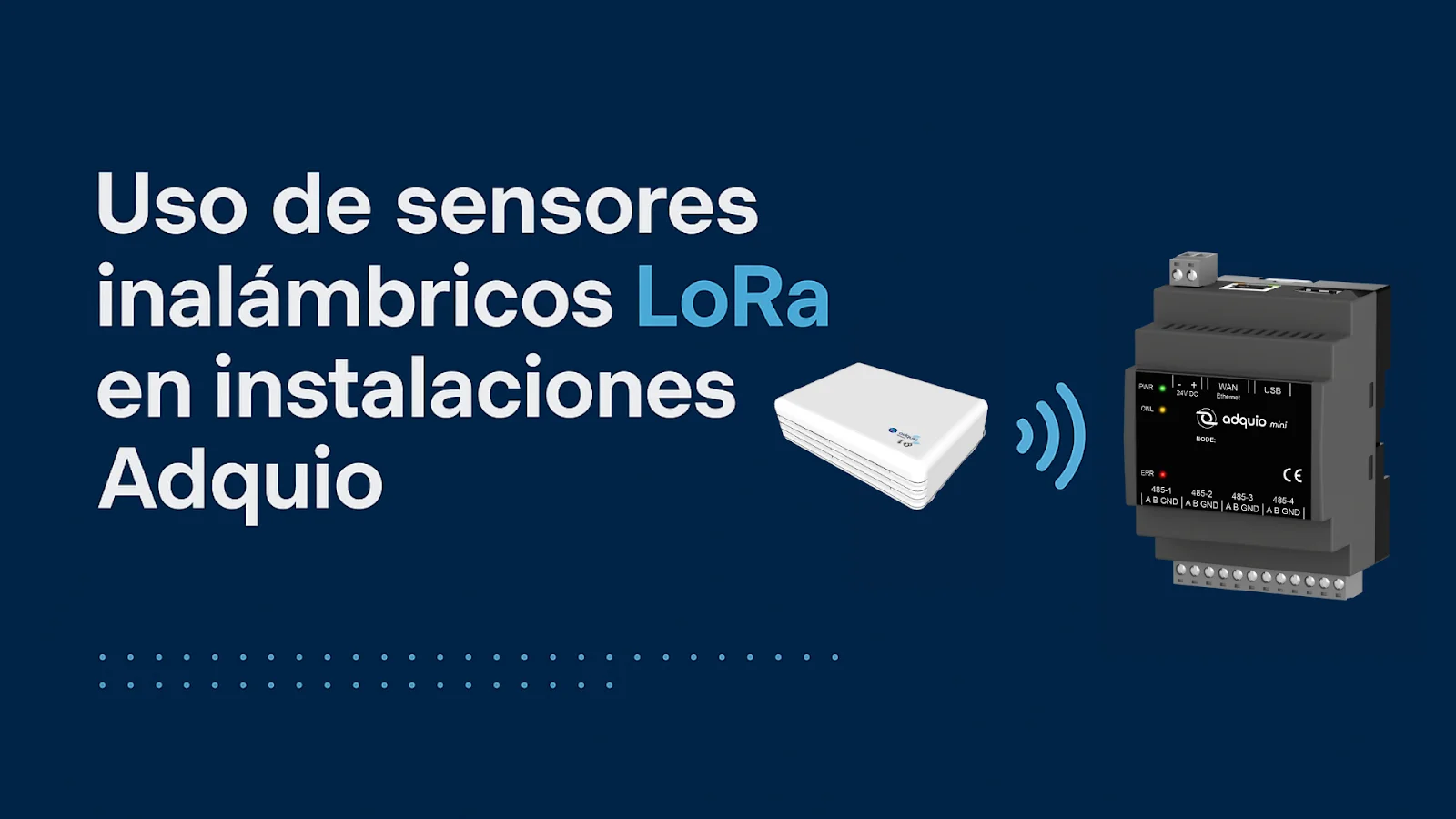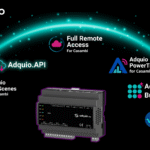
LoRa technology has been with us for years. It stands out for:
- Use low-frequency radio bands that allow it to reach amazing distances, even through obstacles.
- It works with minimal power consumption, allowing it to operate for years without recharging or changing batteries.
Its only disadvantage:
- The transmission speed is low and large volumes of data cannot be transmitted.
These characteristics make this transmission system perfect for use with battery-operated probes, as these have a long life. On the other hand, these probes provide a very small data set, so it fits perfectly with LoRa’s features.
Within this transmission technology there are currently two main alternatives:
- LoRa WAN, uses public networks to send the values of your probes to your servers.
- Local private and local networks.
We will use the latter. The reason is that with a local installation, our customers will not need to pay monthly service fees to have their system up and running.
As you will see in the coming weeks, we will have several probes compatible with this protocol. But common to all of them is that they need a receiver that communicates with the world, and in this post we present precisely this receiver.
As you already know, all our expansion modules work through the Modbus RTU protocol, and do so for all the advantages of simplicity, economy, and ease of installation that this protocol has.
Therefore, our Adquio LoRa sensors gateway is a device that, on the one hand, connects to any controller via Modbus RTU, and on the other hand can receive data from up to 30 wireless probes.
You can rest assured that communication with the probes is done through an encrypted protocol, so it is impossible for anyone to interfere with your communications and obtain information from your network. Also, as you will see, it is very easy to pair the probes with the receiver prior to installation.
Each receiver is limited to 30 probes for operational reasons, The most complete probe will provide you with temperature, humidity, CO₂, VOC and battery level data. You can place several receivers together, no problem, each of them manages a different network and all of them can coexist.
The probe receiver is prepared to be placed in an electrical panel, but its antenna can and should be placed on the outside of the panel for better reception.
With this we enter this fantastic world of LoRa communications, and we do it as always to bring you products that facilitate your work and your facilities, in this case using the best radio technology available today and bringing them to you in a simple and profitable way for you.
Don’t miss the launching of our probes for this protocol in the coming weeks.
If you want to know all the details of this product you can visit its page by clicking here: https://adquio.com/adquio-lora-sensors-gateway/






